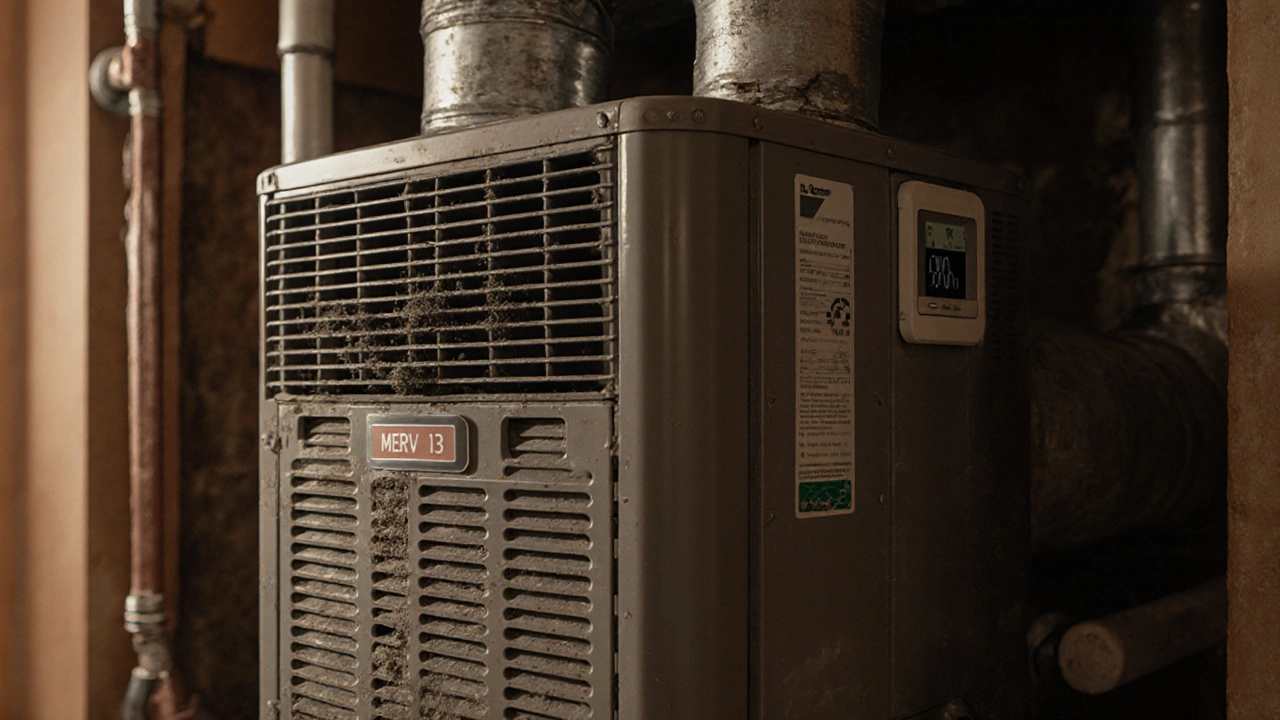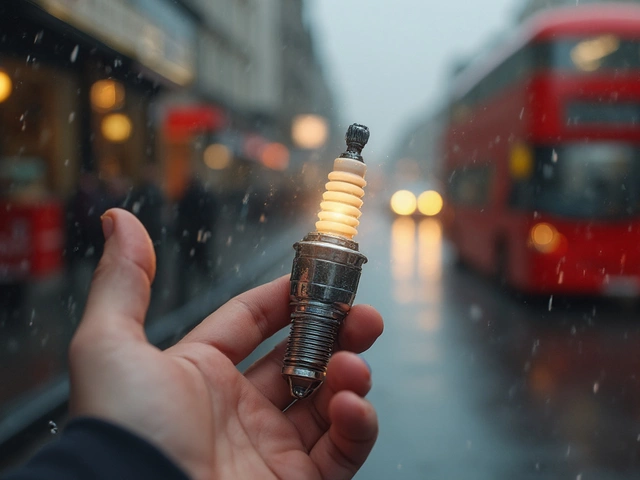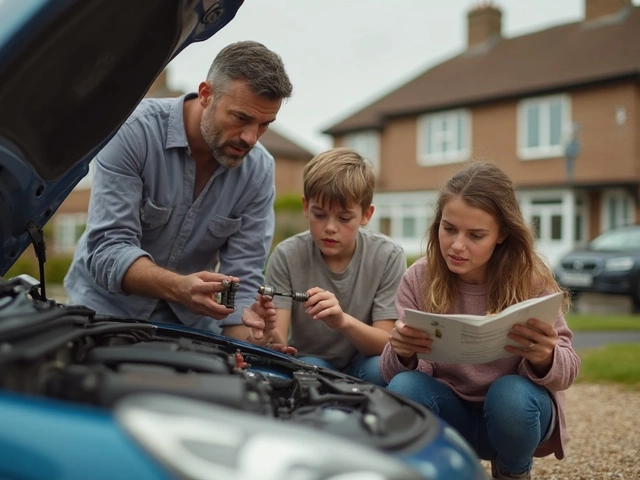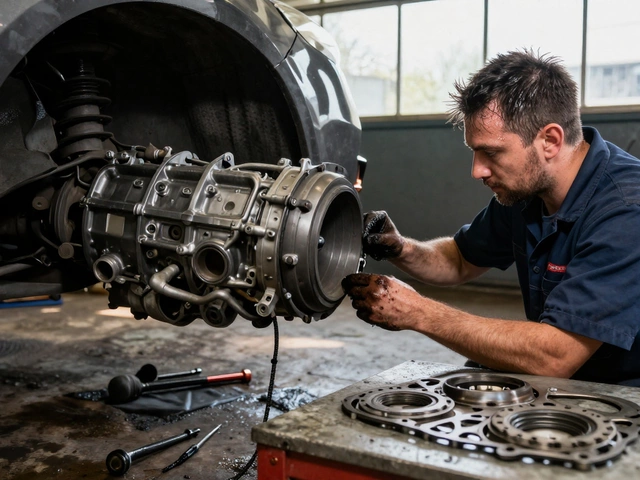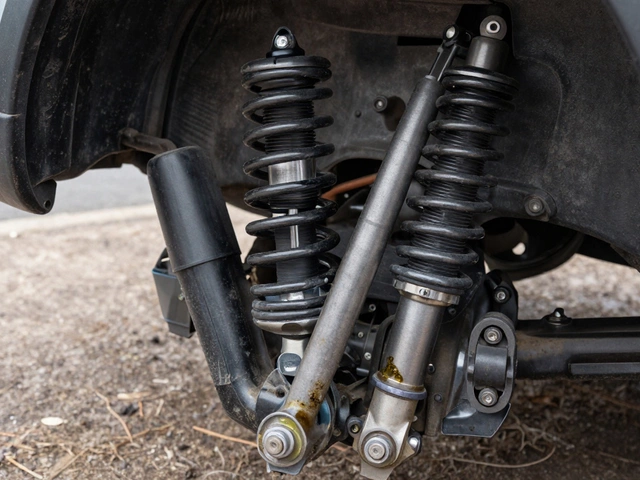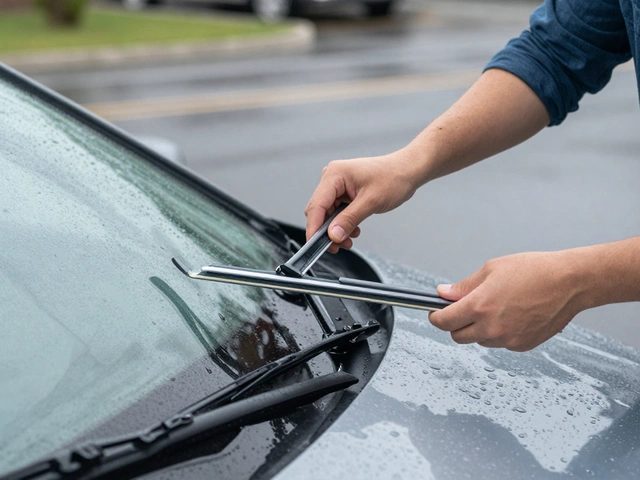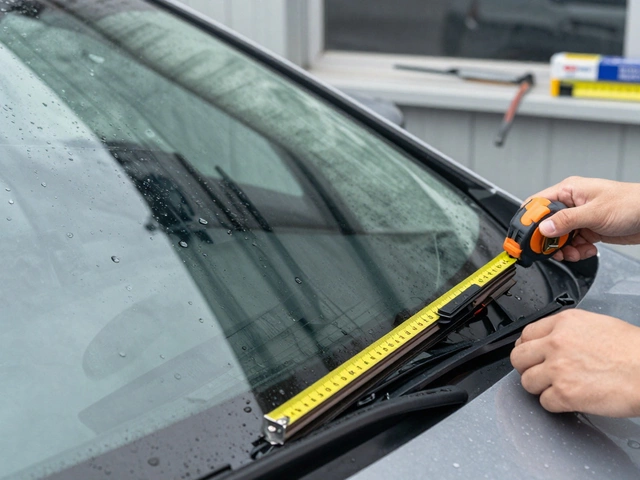MERV Filter Compatibility Checker
Check Your HVAC System Compatibility
This tool helps you determine if MERV 13 filters are appropriate for your home HVAC system based on your system's age, type, and household needs. Using the wrong filter can damage your system, increase energy bills, or reduce air quality.
Results
Enter your information above and click "Check Compatibility" to see if MERV 13 is right for your home.
Most people think more filtration means better air. But when it comes to MERV 13 filters in your home, that’s not always true. You might have heard MERV 13 is the gold standard - used in hospitals and offices - so why wouldn’t it be perfect for your house? The truth is, it can be too much. And if you don’t know what you’re doing, you could end up damaging your HVAC system, raising your energy bills, or even making your air worse.
What Does MERV 13 Actually Mean?
MERV stands for Minimum Efficiency Reporting Value. It’s a scale from 1 to 20 that tells you how well a filter catches tiny particles. MERV 13 catches 90% of particles between 0.3 and 1.0 microns - think smoke, bacteria, and fine dust. That sounds great, right? But here’s the catch: the tighter the filter, the harder your blower has to work to pull air through it.
Most home HVAC systems were designed for MERV 8 to MERV 11 filters. That’s what the manufacturer tested with. When you swap in a MERV 13 without checking your system, you’re forcing it to run longer and harder. Over time, that extra strain can wear out the motor, crack the ductwork, or cause the heat exchanger to overheat.
Why MERV 13 Can Hurt Your HVAC System
Let’s say your furnace is 12 years old. It’s got a single-speed blower motor that runs at full power when it’s on. You install a MERV 13 filter because you’re worried about pollen or wildfire smoke. The filter works - it traps more dust - but now your system struggles. The pressure drop across the filter increases by 30-50%. Your blower can’t move enough air. The furnace runs longer to reach the set temperature. Your energy bill spikes. And if you have a variable-speed system? You might be okay. But most homes don’t.
In the UK, where homes often have older, less powerful HVAC units, this is a real issue. A study by the Building Research Establishment found that 68% of homes built before 2000 have HVAC systems that can’t handle MERV 13 without airflow problems. That’s not a small number. If your system is loud when it turns on, or if you notice cold spots in your house, that’s a sign your airflow is already restricted.
When MERV 13 Is Actually a Good Idea
There are cases where MERV 13 makes sense. If you have someone in the house with severe allergies, asthma, or COPD, better filtration can reduce symptoms. If you live near a busy road or in a city with high pollution - like Manchester - MERV 13 can help reduce fine particulate matter from traffic. If you’ve got pets that shed constantly, it helps with dander.
But here’s the key: you need the right system. Modern high-efficiency furnaces (like those with ECM motors) can handle MERV 13 just fine. If your system is less than 5 years old and says "compatible with MERV 13" on the label, go ahead. If you’re unsure, check your owner’s manual or look up your model number online. Don’t guess.
Signs Your MERV 13 Filter Is Too Much
Here’s how to tell if you’ve gone too far:
- Your furnace runs longer than usual, even when the weather is mild
- You hear a whistling or hissing sound near the filter slot
- Some rooms stay cold or hot, even when the thermostat is set
- Your energy bill jumps 15-25% after switching filters
- The filter gets clogged in under 2 weeks
If you see any of these, take the MERV 13 out. Swap back to MERV 8 or MERV 11. Your system will thank you.
Alternatives to MERV 13 for Better Air Quality
You don’t need a high-MERV filter to have clean air. There are smarter ways.
- Use a MERV 11 filter and change it every 60-90 days. That catches most allergens without stressing your system.
- Add a portable HEPA air purifier in the bedroom or living room. These are designed for tight filtration and don’t connect to your HVAC.
- Keep windows closed during high pollen or pollution days - and use a fan to circulate air.
- Get a smart air quality monitor. Devices like the Awair Element or Temtop M10 show you real-time PM2.5 levels. You’ll know when you actually need extra filtration.
One family in Salford switched from MERV 13 to MERV 11 and added a HEPA purifier in their bedroom. Their energy bill dropped 18%, and their son’s nighttime coughing stopped. They didn’t need the highest filter - they just needed the right solution.
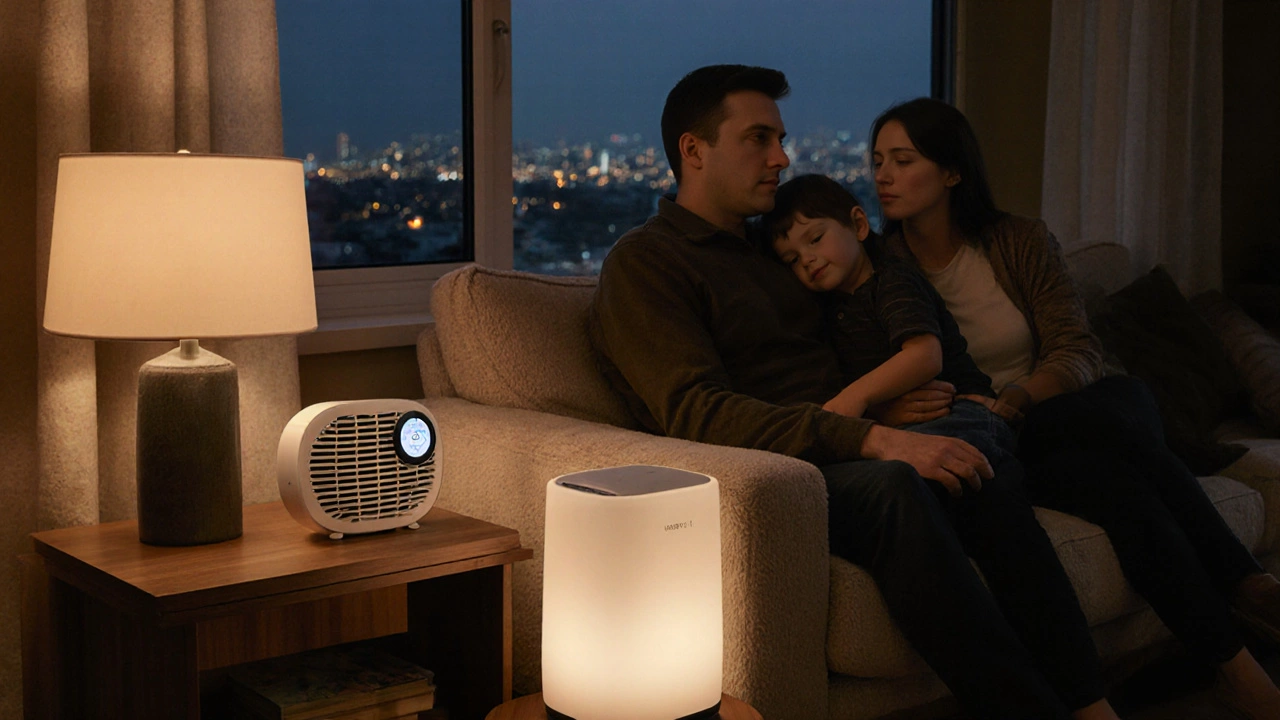
What to Do If You Already Installed MERV 13
If you’ve already put in a MERV 13 filter, don’t panic. But do this now:
- Check your HVAC manual or manufacturer website for the maximum MERV rating your system supports.
- Look at your filter after one week. If it’s dark and clogged, your system is struggling.
- Turn off your HVAC and feel the airflow from your vents. Is it weak? That’s a red flag.
- If you’re unsure, hire an HVAC technician to check your static pressure. They’ll use a manometer to measure airflow resistance - it takes 10 minutes and costs about £50.
Don’t wait until your blower burns out. Fix it now.
The Bottom Line
MERV 13 isn’t bad. It’s just not for every home. Most houses don’t need it. And forcing it into an older system creates more problems than it solves. Better air doesn’t always mean higher numbers. It means matching the filter to your system - and your needs.
If you’re healthy, live in a clean area, and don’t have pets, stick with MERV 8 or MERV 11. If you have health concerns or live in a polluted area, go with MERV 13 - but only if your system can handle it. And if you’re not sure? Ask a pro. A small check-up now saves you hundreds in repairs later.
Filter quality matters. But system compatibility matters more.
Is MERV 13 safe for all home HVAC systems?
No. Most home HVAC systems, especially those older than 10 years, were designed for MERV 8-11 filters. MERV 13 creates higher resistance, which can strain the blower motor, reduce airflow, and cause overheating or system failure. Always check your manufacturer’s specifications before upgrading.
Will MERV 13 help with allergies?
Yes - if your HVAC system can handle it. MERV 13 filters capture pollen, mold spores, and pet dander more effectively than lower-rated filters. But if your system can’t move enough air, the filter won’t work properly, and you’ll get less benefit. For allergy sufferers, pairing a MERV 11 filter with a standalone HEPA air purifier often gives better results without risking system damage.
How often should I change a MERV 13 filter?
In most homes, MERV 13 filters clog faster than lower-rated ones - often every 30 to 60 days, depending on pets, pollution, and usage. If you’re changing it more than once a month, your system is likely struggling. That’s a sign you should switch back to MERV 11 or consider a HEPA purifier instead.
Can I use MERV 13 with a smart thermostat?
Smart thermostats don’t control airflow - they only control temperature. Even with a smart thermostat, a MERV 13 filter can still overload your HVAC system if it’s not designed for it. The thermostat won’t fix low airflow or high static pressure. You still need to match the filter to your equipment.
What’s better: MERV 13 or HEPA?
HEPA filters are more efficient - they capture 99.97% of particles 0.3 microns and larger. But they’re not meant for central HVAC systems. They create too much resistance and can damage your furnace. HEPA is best used in standalone air purifiers. MERV 13 is the highest-rated filter safe for most home HVAC systems - if your system supports it.
